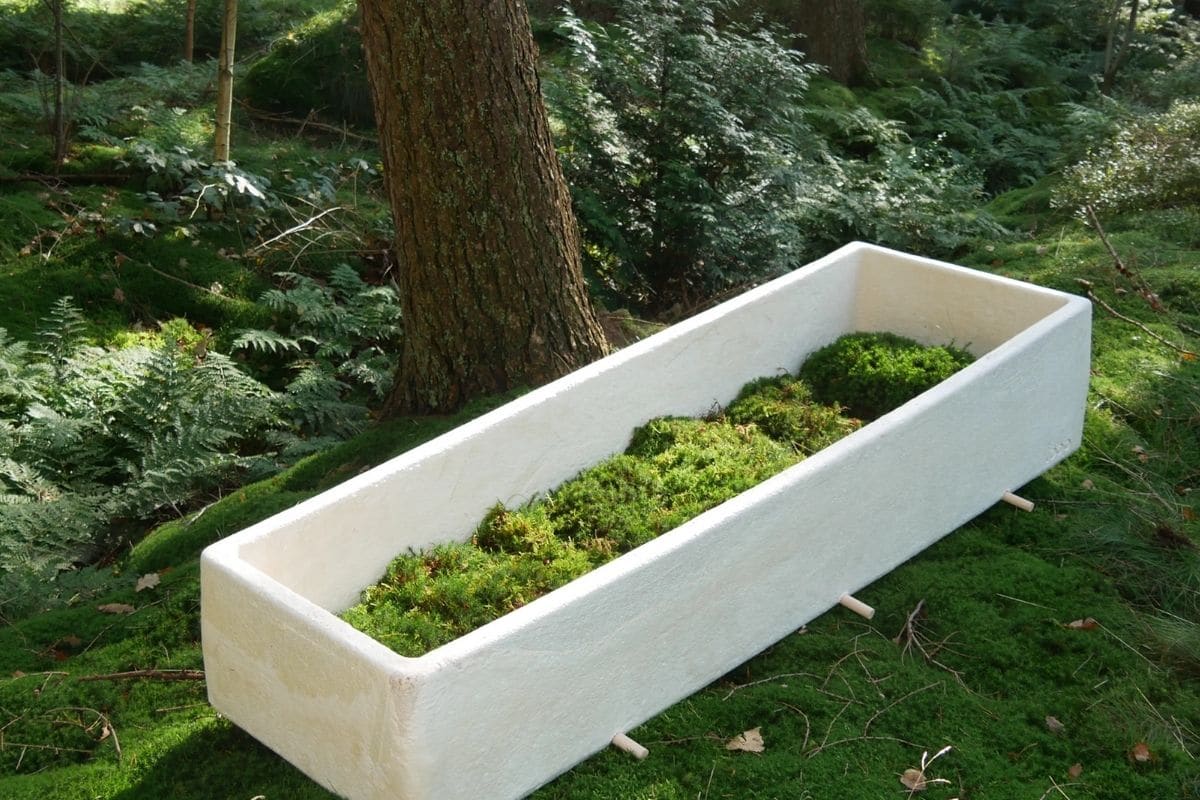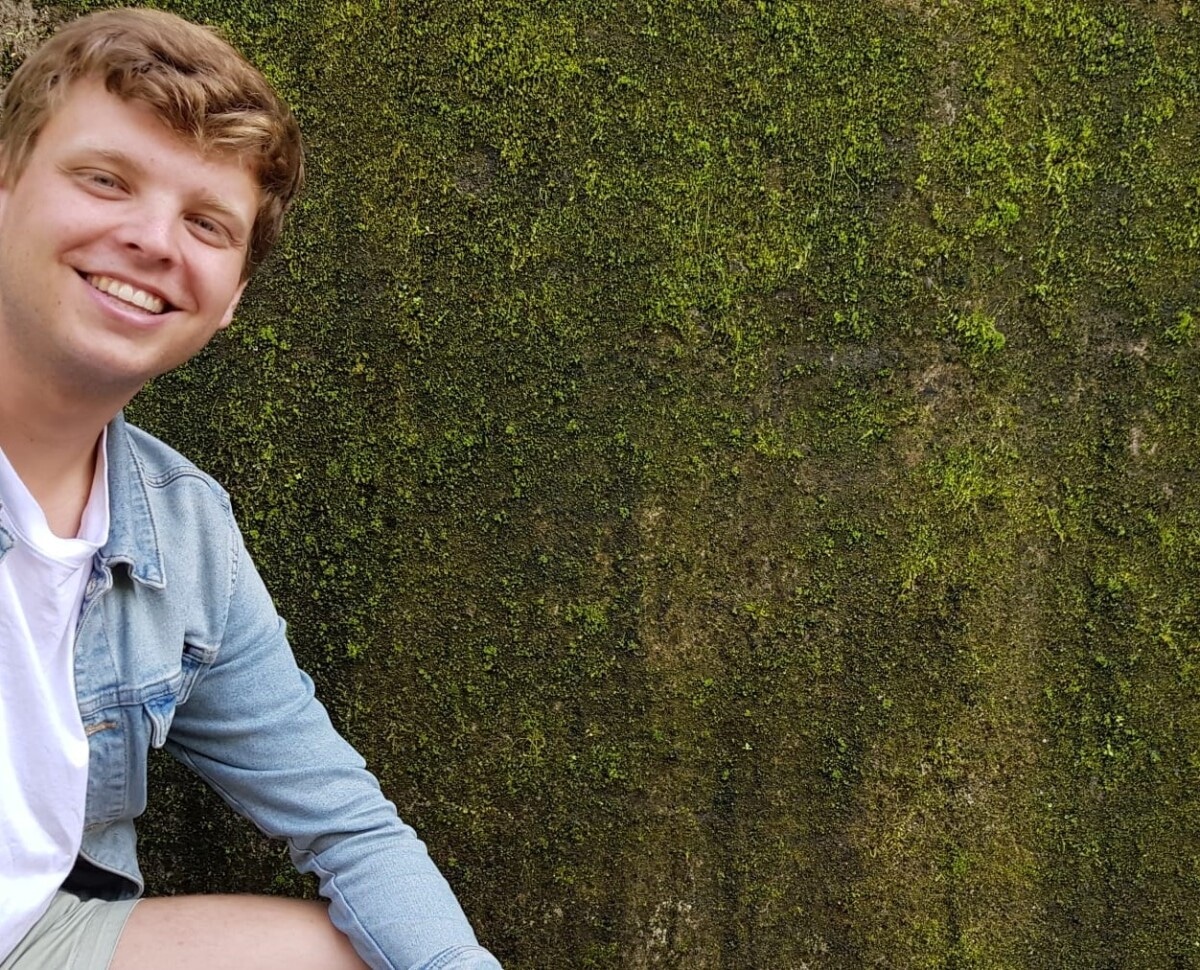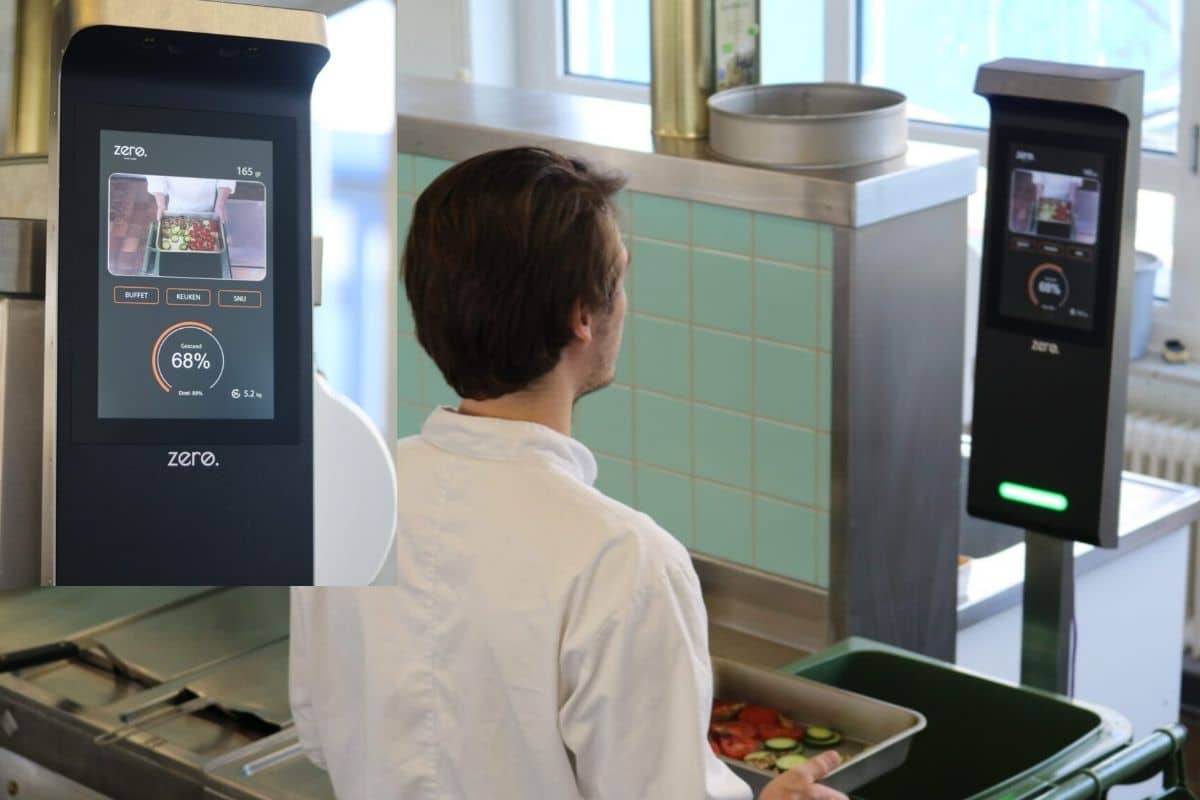
Our country is teeming with sustainable start-ups, but the very best are gathering in Rotterdam this week for the final of the ASN Bank World Award. Who will win? That is partly determined by you!
Little by little, the world is becoming greener and more sustainable. But there is still much to gain. And countless sustainable entrepreneurs are working hard on this. In the Netherlands too. It comes in fits and starts and trial and error. Because making a sustainable idea a reality is not easy. But for a lucky few, things promise to get a little easier in the coming months. And thanks to ASN Bank. Every year, the bank rewards the best sustainable ideas in the Netherlands with the ASN Bank World Award and 2021 is no exception; This year too, six finalists have a chance to win attractive jury prizes (a main prize of 25,000 euros, a second prize of 15,000 euros and a third prize of 10,000 euros) and the audience award (5,000 euros). Moreover, it does not stop at nice amounts of money; During the competition process, the participants also receive coaching, publicity, training and a network, enabling them to further develop their excellent ideas and hopefully turn them into reality.
The finalists
But what is the best sustainable idea in the Netherlands? That is up to the jury and you. You can here cast your vote until 11 a.m. tomorrow and you can choose from six finalists. We would like to introduce them to you below!
Moss concrete
When concrete turns green, it’s usually a bad sign. Unless it’s concrete from respyre goes. It is designed to be green. “From years of research into unwanted moss growth on outdated concrete structures, we have learned what additional requirements – in addition to water-retaining capacity – mosses place on concrete in order to be able to grow on it (think of nutrients, acidity and more), says Auke Bleij, one of the the people behind Respyre. “This knowledge, together with knowledge of concrete technology, has led to the development of a high-quality concrete that is also optimized for rapid, spontaneous moss growth.” The result is a so-called bioreactive concrete on which a uniform layer of moss grows in two to three months. By cladding the facades of new and existing buildings with this concrete, cities can literally become a lot greener. And that has several advantages, Bleij explains. “Cities and their inhabitants are threatened from different angles and the liveability of the city is endangered.” Cities have to contend with air pollution, heat, overflowing sewage systems and a loss of biodiversity. And many city dwellers are confronted with an increase in mental complaints. “And all these problems can all be tackled, if not solved, by getting more nature into the city.” Bioreactive concrete is ideal for this; it is compact and can be used in the same space where people live (think of shopping streets or apartment buildings, for example). “Moreover, the concrete is cheap and practically maintenance-free. This makes it a great opportunity to make the city greener on a large scale.” And that benefits both the city and the urban dweller. “Some core performances of the moss concrete are significant water retention during heavy rainfall, absorption of CO2, ammonia and nitrogen oxides, noise reduction and a decrease in stress and anxiety disorders by providing a green natural environment.”

Auke Bleij in front of a wall that is covered with moss thanks to Respyre.
The fact that the bioreactive concrete works has already been demonstrated in the lab. “And we are currently running some cool demo projects, including a wall at the naval area in Amsterdam,” says Bleij. But more research is desperately needed. “We would like to first map and quantify the performance of our moss concrete, so that we know that it is of good quality and can also provide the necessary guarantees. Because we work with nature, this takes some time.” Winning the ASN Bank World Prize would be more than welcome. “If we win, we will be able to set up large-scale demo projects and accelerate quantification of performance.”
Walk Biotech
Due to our modern lifestyle, our bodies are home to countless chemicals that end up in the environment after our death and burial. Dying is therefore also polluting, according to the people behind Walk Biotech. And that has to change. The start-up has therefore designed a very special coffin that consists of mushrooms. In addition to dead organic matter, the root network of these mushrooms – also called mycelium – can convert pollutants into fresh, plant food for other organisms to grow on. It means that this essentially living coffin is capable of breaking down the body of a deceased person – with all the chemicals found in it – into substances that enrich nature instead of polluting it.
To manufacture this special coffin, a special mold is used, filled with wood fibres. In just seven days, the mycelium in this special mold can grow into a box. The resulting box is then dried naturally, which stops the mushroom growing process. Only when the box is buried and exposed to (ground) water, the mushrooms come back to life and the composting process begins.
Northern Wonder
A cup of coffee; most of us can’t live without it. But did you know that coffee is a major cause of deforestation? The growing demand for coffee means that tropical forests have to make way for coffee plantations. And with that we pay a high price for our cup of coffee. Reason enough for the people behind Northern Wonder to consider whether it is possible to make coffee without plantations or even better: without a coffee plant. It may sound a bit crazy, but it isn’t. After all, researchers have already succeeded in making meat without the use of animals. Why shouldn’t something similar be possible for our favorite drink? But then, where do you start if you want to make coffee-free coffee? At the beginning. And in this case that means looking for molecules that can be found in locally grown products and together can mimic that distinctive and beloved coffee taste and smell. It’s an ambitious project, but the people behind it are determined to come up with a coffee-free coffee that can persuade even the greatest foodie to skip the coffee beans. Winning the ASN Bank World Prize can certainly help.
Food for Skin
Vegetables are healthy. We all know that. But did you know that vegetables can also be very good for your skin? That proves Food for Skin; a skincare line that consists of 100 percent (organic) vegetables. For example, the base cream contains active ingredients from tomato peels and seeds. And the serum contains active ingredients from avocado. Circularity is strived for in the production of the various products. For example, we work with avocados that are just not pretty enough for a spot in the supermarket and were actually doomed to be destroyed. And the tomato skins and seeds? They come from an Italian tomato sauce factory. To top it all off, the spreads are also in beautiful glass jars and bottles that you can deposit in the glass container and can therefore be completely recycled.
Orbisko
Huge amounts of food are thrown away in restaurants every day. But how much exactly? And which ingredients are most often wasted? Chefs and restaurant managers often have little control over this. Orbisk is changing that. The startup has developed an image recognition algorithm and smart scale that together can determine exactly how much is thrown away and which ingredients end up in the bin most often.

The system developed by Orbisk.
When the waiter clears a table and brings a nearly empty plate to the kitchen, the food left on it is now often thrown away carelessly. Orbisk places the wheelie bin on a smart scale that measures how much was on the board with each throw. In the meantime, a camera hangs above the wheelie bin with which, thanks to the smart image recognition software, it can be determined exactly what was on the plate. The system stores all data and processes it in a weekly report that shows exactly what has been thrown away, when and in what quantities. On this basis, restaurants can purchase and serve in a more targeted manner and combat food waste. About fifty restaurants are already working with the system and each of them can prevent as much as 4000 kilos of food waste per year.
chainable
Every year, numerous kitchens are broken out and renovated in rental properties. It results in a huge mountain of waste and enormous CO2 emissions. The people behind Chainable have come up with something for that: a circular and modular kitchen, specially developed for housing associations. The kitchens are based on a standard frame and can be built modularly. So there is a suitable kitchen for every rental home. Housing associations rent or buy the kitchens (with repurchase statement). “In this way we keep all materials in our chain and we keep a grip on our waste flows, so that we can minimize them,” says Chainable. The modular kitchens can also last much longer than conventional kitchens, because Chainable can refurbish used parts and replace ‘the shell’ of the kitchen, while the frame remains. That steel frame is already partly made from recycled material, just like the plate material used in the kitchens. The modular kitchen is therefore 82 percent circular and we are working hard to further increase that percentage.
They are. The six finalists of the ASN Bank World Prize 2021. Which sustainable mission appeals to you most? Bring here (before 11 am tomorrow morning) cast your vote and help your favorite one step further.
Source material:
Image at the top of this article: Loop Biotech